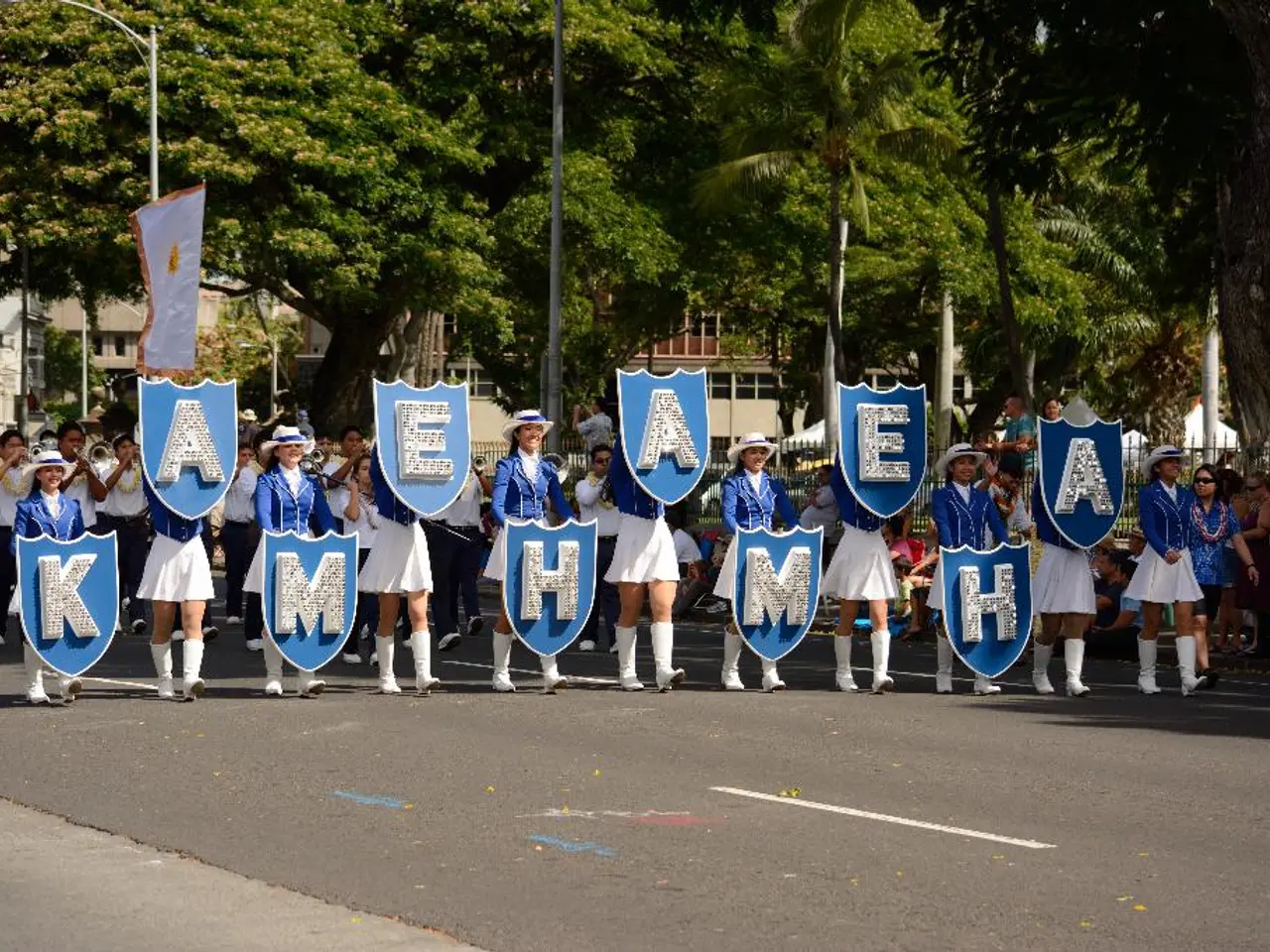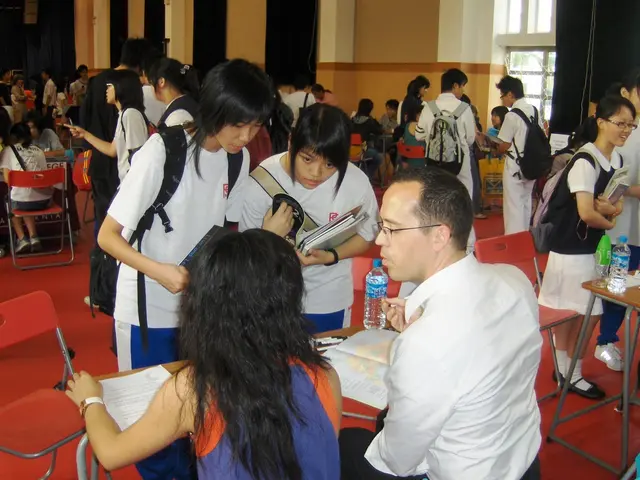Scientific potential can be unleashed through accessible educational pathways
In the summer of 2021, the Del Monte Institute for Neuroscience at the University of Rochester launched a groundbreaking initiative called NEUROCITY. This program, in partnership with City College of New York, aims to increase diversity and inclusion within neuroscience fields by providing mentorship, research opportunities, and skill development to underrepresented students.
One such student is Chen Li, who participated in the NEUROCITY program in the summer of 2022. Chen Li's research focuses on understanding the neural modulation that connects tactile and visual processes. To achieve this, she utilised the Haptics Lab, under the guidance of Assistant Professor Manuel Gomez-Ramirez, PhD, and the Dynamics of Cognition Lab, led by Ian Fiebelkorn, PhD, an assistant professor of Neuroscience.
Another notable participant is Jose Reynoso, who was part of the NEUROCITY program while working in the lab of Duje Tadin, PhD, professor and chair of the Brain and Cognitive Sciences Department at the University of Rochester. After ten weeks in Rochester, Jose took his first step toward graduate school and enrolled in the Post-baccalaureate Research Education Program (PREP) at the University of Rochester Medical Center. Today, he is a lab assistant in the Keane Vision & Psychosis Lab at the same institution.
During his time with NEUROCITY, Jose was part of a team that developed a new task to measure perceptual decision-making. This task has potential implications for understanding and treating neurological disorders that affect decision-making abilities.
NEUROCITY's philosophy resonates deeply with Assistant Professor of Psychiatry Brian Keane, PhD, who supports the program's mission of taking bright, motivated students from underprivileged backgrounds and providing them with experiences, tools, and instruction to pursue a career in neuroscience. Manuel Gomez-Ramirez, PhD, assistant professor of Brain and Cognitive Sciences at the University of Rochester, shares this sentiment and serves as the chair of the Neuroscience Diversity Commission.
To date, NEUROCITY has put nearly 30 undergraduate students from historically marginalized backgrounds in research labs across the University of Rochester and University of Rochester Medical Center campuses. These scholars have been co-authors of peer-reviewed scientific research, such as a paper published in PLOS ONE and a paper in Neuroscience.
In conclusion, the NEUROCITY program at the University of Rochester is making significant strides in fostering a more diverse scientific community and providing underrepresented students with opportunities to excel in neuroscience research. The program's collaborations with institutions like the Summer Scholars Program at the University of Rochester School of Medicine and Dentistry further enhance its impact, paving the way for a future where neuroscience is accessible and inclusive for all.
- Chen Li, a participant in the NEUROCITY program, is applying her research findings in neuroscience to the realm of health-and-wellness by exploring how the brain connects tactile and visual processes, which could have implications for improving fitness-and-exercise methods that rely on such sensory integration.
- Apart from fostering diversity and inclusion in neuroscience, the NEUROCITY program also supports career-development and the pursuit of education-and-self-development, as exemplified by Jose Reynoso, who used his NEUROCITY experience to enroll in the Post-baccalaureate Research Education Program (PREP) and secure a position in a neuroscience lab, ultimately aiming to further his academic and professional growth in this field.




